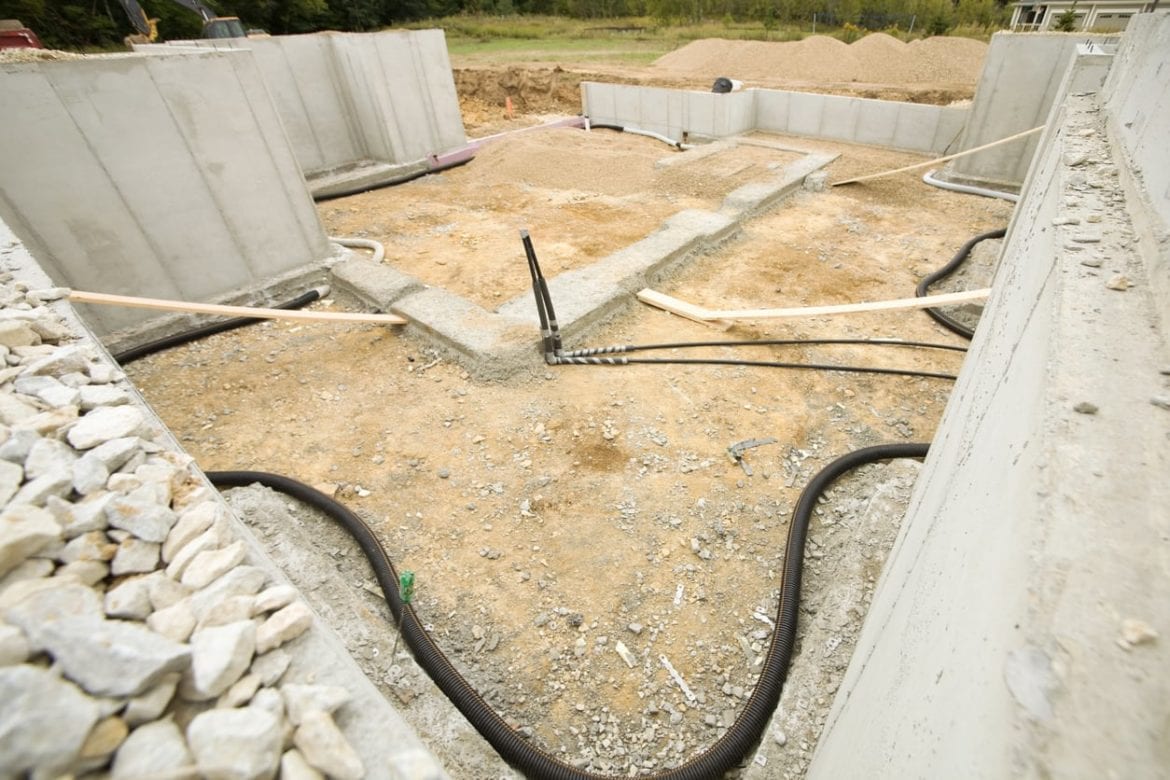As the areas of our homes that are probably the most vulnerable to damage, basements require a little more care and consideration than many other parts of our houses. Water damage typically will not plague a home, even on the ground floor. However, since basements are actually located underground, they are at a higher risk of damage from the elements, especially water damage.
Water damage typically occurs from flooding. While flooding can be a surprise, such as from flash floods or natural disasters like hurricanes, the flooding that can regularly plague basements generally builds up over time. Areas near rivers, lakes, oceans, and other bodies of water have high water tables. This just means there is a large amount of water pooled beneath the surface of the ground. When the water table is high, there is a greater chance of flooding because water from rain cannot sink into the earth to as great of an extent as in places with a low water table.
Basements in areas with high hydrostatic pressure, which is when the water table is high, are prone to water damage. While concrete seems strong and impervious to water flowing through it, it is actually a porous material. Its mixing process results in a large number of tiny air pockets that allow water and moisture to pass through the material. While trace amounts of moisture are not a problem, water can physically pass through the concrete and drip through the walls, leading to mold and mildew build-up, as well as damaging your home and possessions.
The best way to prevent this type of damage is by using a concrete sealer. If you use an acrylic sealer, the water will just seep through and push the sealer off the surface from within the material. The acrylic sealer will bubble and flake and water will still drip into your basement. The better choice is a penetrating sealer. These sealers will penetrate past the surface of the concrete to react chemically within the material. The chemical reaction not only increases the concrete’s density and strength, but it also fills in the pores and hairline cracks that allow the uninhibited passage of moisture into the concrete. Without a free network offering passage throughout the concrete, the water will have nowhere to go, backed up outside of the surface and barred from entrance. Only then will your concrete’s safety be improved and protection achieved.

